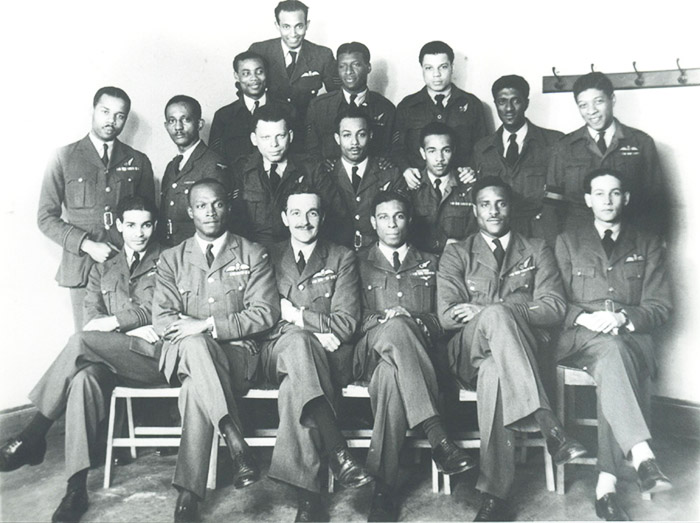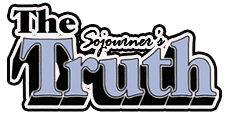
By Paul Hubbard
Guest Column
We all know about the Tuskegee Airman and the movie Red Tails. The late Detroit Mayor Coleman Young and my father were Tuskegee Airmen as well as some of the deceased relatives of some of you reading this article
On my visit to the Tuskegee Airman Museum at Tuskegee University, the story that was not told in the movie Red Tails is as follows. A commander who had been opposed to Black pilots flew on an important bombing mission to bomb Germany. He requested the Red Tails to fly his bomber protection because he knew the Red Tails were the only fighters that could get him and his bomber squad back home … and the Red Tails did.
However, I want to present a historical rendition of Tuskegee Airman allies, the volunteers of the British West Indies Royal Air Force who served in the British Royal Air Force in World War II. According to Attorney Gabriel J. Chistian, a Tuskegee Airman, about 20,000 British West Indians served in the British armed forces – the British Army, Royal Navy, WACs and Merchant Marines – during World War II.
When Britain declared war on Sept. 19, 1939, the Royal Air Force itself was compelled to overcome the racial prejudices of the time. Around 7,000 British West Indians rallied to freedom’s cause and served as fighter pilots, bomber airman, aircraft gunners, ground staff and administrative staff for the Royal Air Force, according to the Boule Journal. Several Africans from Nigeria and Sierra Leone also became officers in Royal Air Force.
Funds were raised in the British West Indies starting with Jamaica for the West Indies flyers to buy aircraft and parts. The 139 Jamacia Squadron flew bombers purchased with these funds. The Jamaica Squadron was part of the West Indies RAF and flew low level to penetrate German lines and conducted daylight bombings.
According to the Boule Journal the British West Indian Airman, like their Tuskegee Airman allies who served in the US Army Air Corps, came from societies that had once set severe limits on the liberty of African descent. After the war both the Tuskegee Airman and the British Royal Air West Indies flyers became leaders for beneficial social change for their countries.
Paul L. Hubbard

